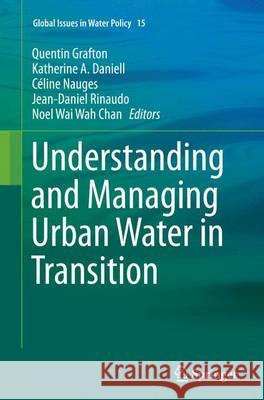Understanding and Managing Urban Water in Transition » książka
topmenu
Understanding and Managing Urban Water in Transition
ISBN-13: 9789402408188 / Angielski / Miękka / 2016 / 641 str.
Understanding and Managing Urban Water in Transition
ISBN-13: 9789402408188 / Angielski / Miękka / 2016 / 641 str.
cena 503,27 zł
(netto: 479,30 VAT: 5%)
Najniższa cena z 30 dni: 500,92 zł
(netto: 479,30 VAT: 5%)
Najniższa cena z 30 dni: 500,92 zł
Termin realizacji zamówienia:
ok. 20 dni roboczych.
ok. 20 dni roboczych.
Darmowa dostawa!
Kategorie:
Kategorie BISAC:
Wydawca:
Springer
Seria wydawnicza:
Język:
Angielski
ISBN-13:
9789402408188
Rok wydania:
2016
Wydanie:
Softcover Repri
Ilość stron:
641
Oprawa:
Miękka
Wolumenów:
01











